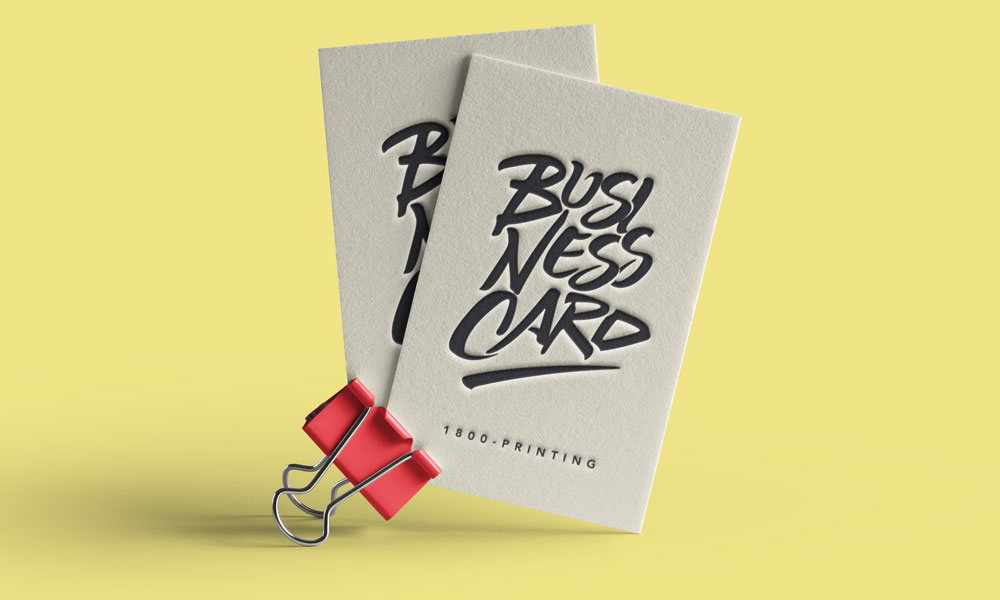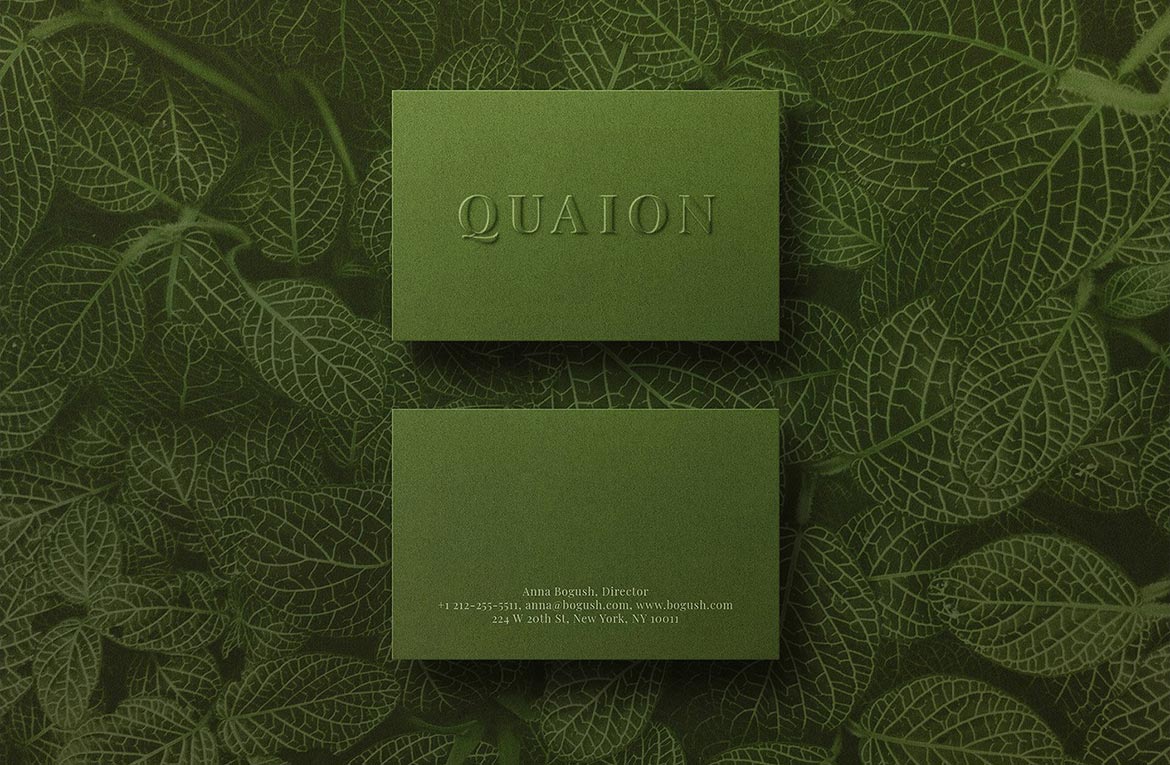When it comes to adding an unparalleled level of elegance to your business cards, only a few options shine through like recording and debossing. If you’re looking for a way to give your brand an extra touch of soft luxury, it’s the right choice. Although the two methods have little in common (and are easily confusing), there are some differences you will want to know. We’ll make it easier for you to make decisions if we tell you about the subtleties of both. Knowing the difference between them, you can choose which one to use for your future printing project.
Debossing vs Embossing
Let’s start by breaking these terms. Relief is a technique you can see in things like wine labels and greeting cards, even if you were not sure how the effect was called. Every time you take a piece of paper (or metal, cardboard, etc.) and pick it up to create relief graphics, you create a stamped element.
How is this done? The process requires the creation of a metal plate, called a stamp, with the embossed graphics that you want to print. The plate is then pressed against the material below. The pressure increases the quality of the paper and creates a relief pattern that is engraved on the matrix. Embossed patterns are made of durable metal, which can be used repeatedly.

Embossing differs from inkjet printing (or thermography), which you may have heard or seen before. Increasing inkjet printing is achieved by using a powder that is glued when heated, rather than changing the shape of the paper itself. While these processes may seem similar, embossing creates clearer and higher productivity. Although embossing is subject to higher setup fees, you will see a return on investment as the end result.
Debossing works in a similar way, but instead of pushing the anvil from the bottom up, it is applied from the top down. Text and graphics are pressed into the material, not inserted into it, forming indents. You may think this is the opposite of recording, but the reasons why you would use both methods are almost identical. Both recording and debossing are effective methods when you want to highlight a certain part of a business card, such as a logo or key information. Embossing and embossing will add visual appeal and create an atmosphere of professionalism that will increase the recognizable value of your brand. To add additional layers of size, you can even record and deboss on a map, although some designs work better than others with this option.
What is 3D Embossing?
If you want to elevate your maps to an even higher height, you can consider 3D embossing. This special recording process uses gradation or different levels of indentation to create a “sculptural” image that actually appears on the page. 3D engraving opens up new possibilities for creating exceptional maps that will certainly draw attention to your brand. It is ideal for a creative type that wants to push the boundaries and make an impression.
Some More Considerations
Now that you have an idea of the basics of recording and debossing, it’s time to dive into some of the subtleties. The first thing to note is that although it is possible to record or emboss on almost any paper, the most noticeable effect is achieved on soft paper like cotton. The denser the paper, the denser the fibers, which are more difficult to manipulate. Thicker paper supports, such as 40pt cotton, will actually accentuate the increase in the effect.

Secondly, there are some small differences between embossing and debossing that you want to know about. When stamped and rebounded, there will be dents mirrored on the opposite side of the paper. You will have to take this into account when creating the design, as the printing will interfere with any content printed on the other side.
Different ways to use recording
There are several different ways to incorporate recording and debossing into the design. Careful consideration of your approach will help you create a design that stands out from the crowd.
The first option is to create a blind relief or relief print. This is when the engraved pattern is printed without any other printing method. It is only on the paper that one has the impression of the design. This method creates a finer effect, allowing you to engrave or deboss on your own. Adding additional texture details will invite people to study their cards with extra attention. This is sure to leave an indelible impression when you distribute business cards.
When embossing or debossing is applied to a design printed by another printing method, it is called debossing, or registered embossing. With this option, the design is first printed and then embossed or debossed. Registered embossing can be used in combination with a number of other printing processes, from digital and offset printing to raised foil and Spot UV printing. If you need to spice up a specific element of your design, the registered embossing is a great way to do this.
As mentioned earlier, embossing and debossing can leave a mirror print on the back of the card. The best way to solve this problem is to choose a 2 layer (duplex) card that masks the print on the other side. The installation process used to create a two-layer layer affects the recording or visibility. If you decide to follow this path, the larger and bolder elements will always be better because the smaller parts may be lost. Embossing or blind debossing will also help the designer to stand out.

Conclusion
Although embossing is generally a bit more popular than debossing, both will help your next printing project stand out and give it an airy and sophisticated class. Don’t forget to consider your options, check out some of our inspiring printing ideas and packaging samples and leave us a line when you’re ready for your next printing job!






















